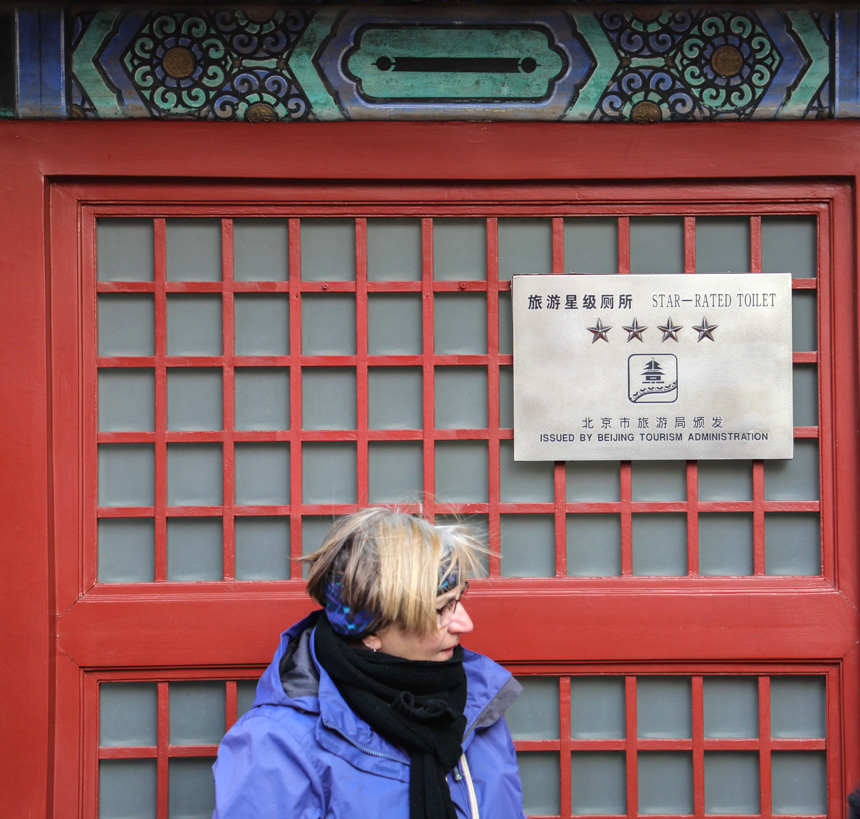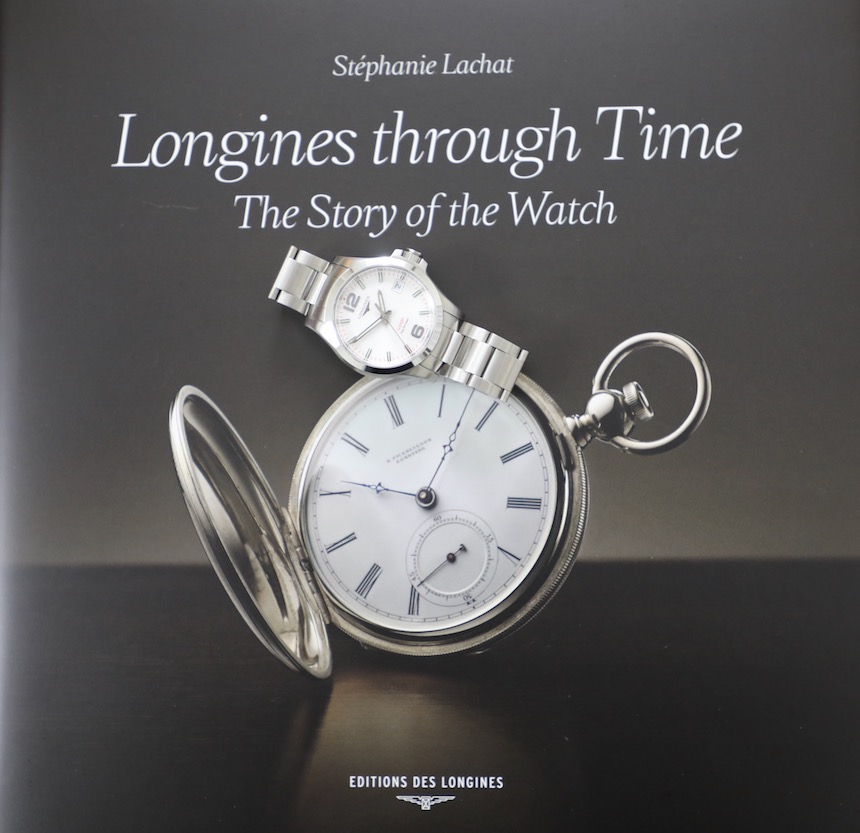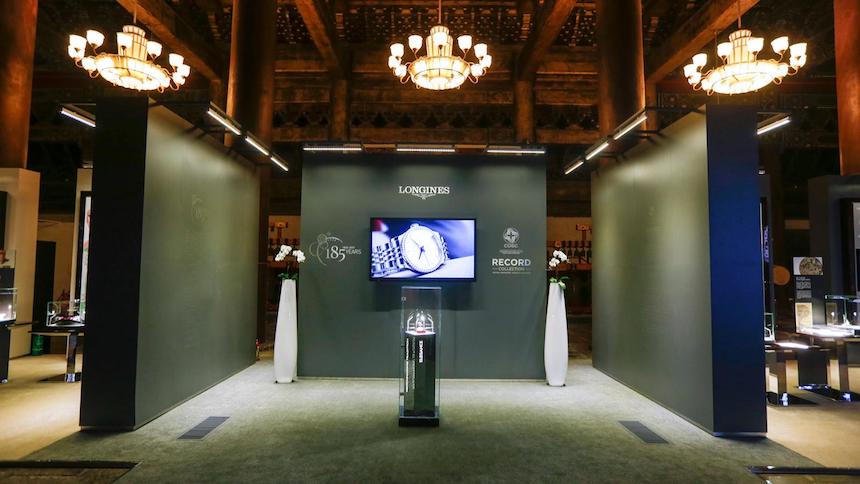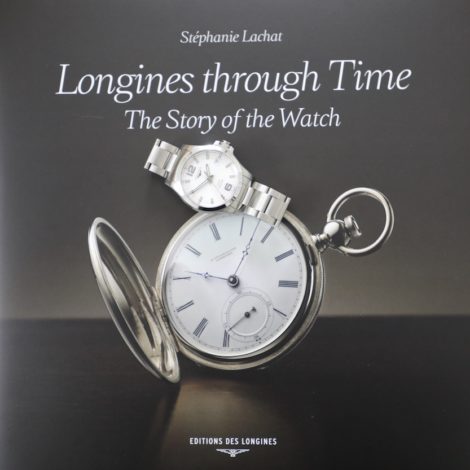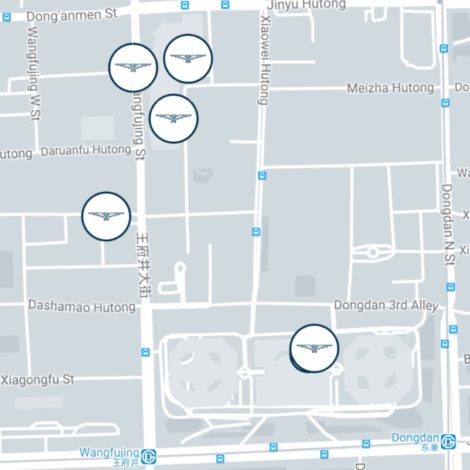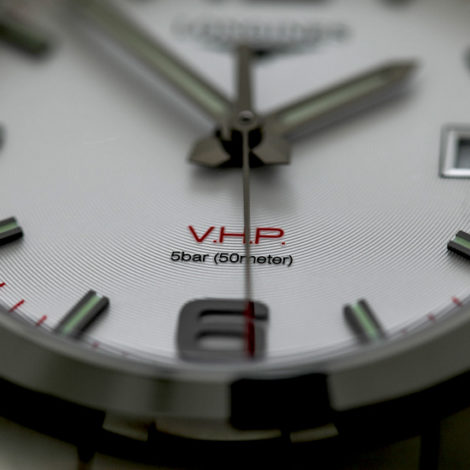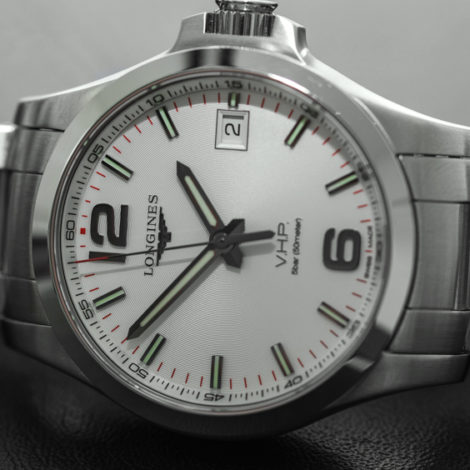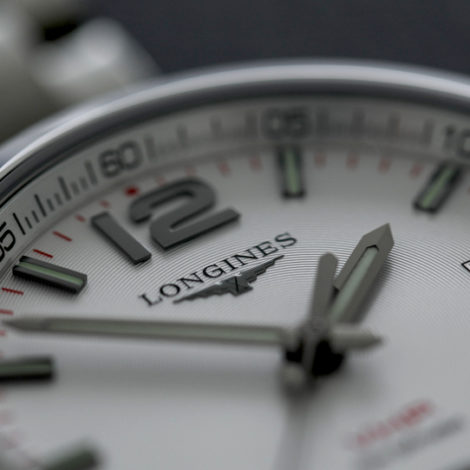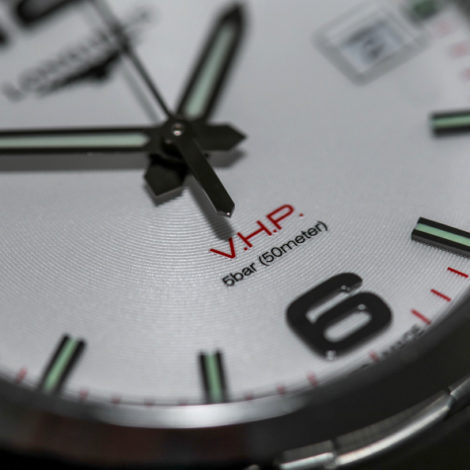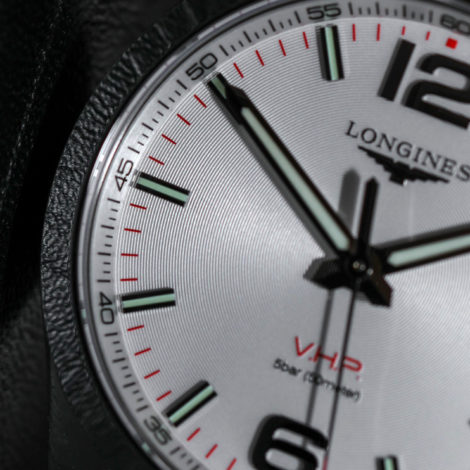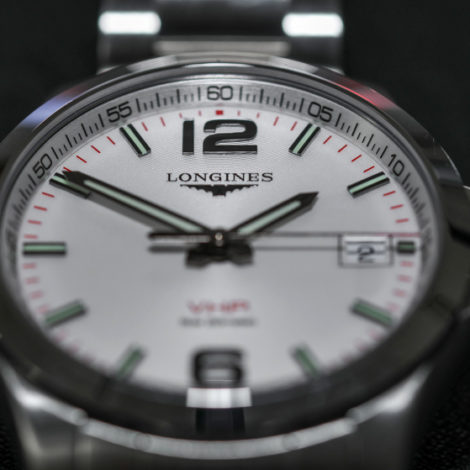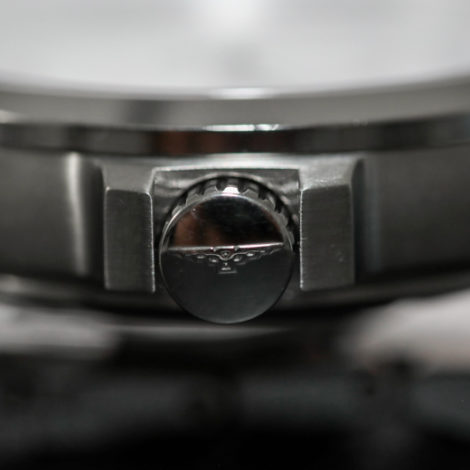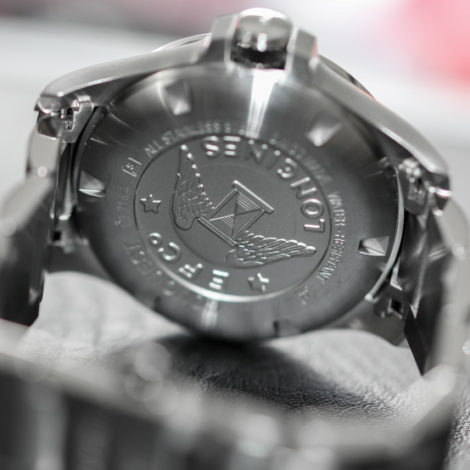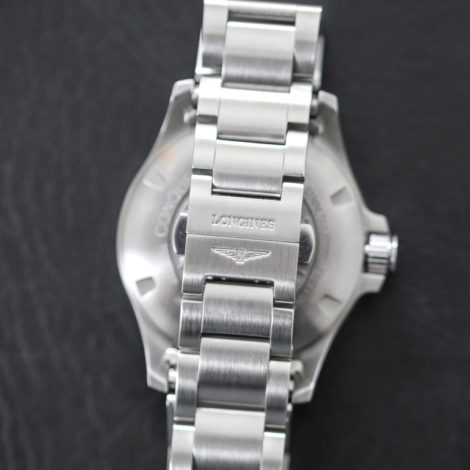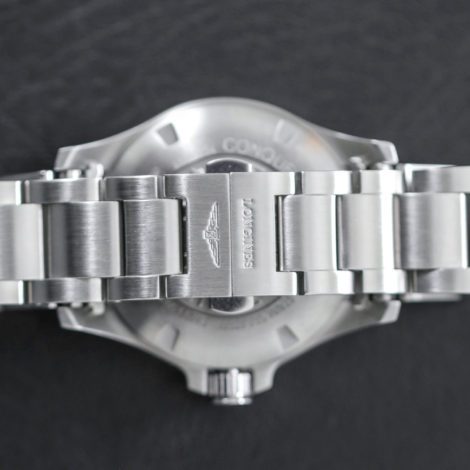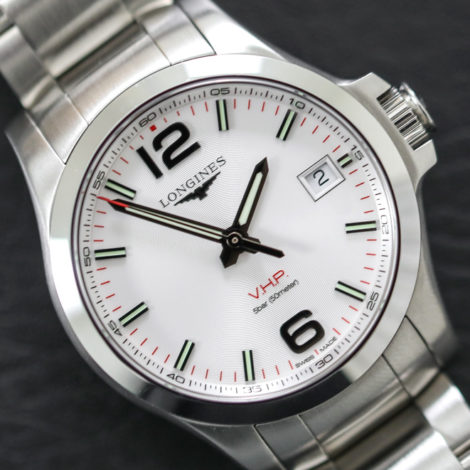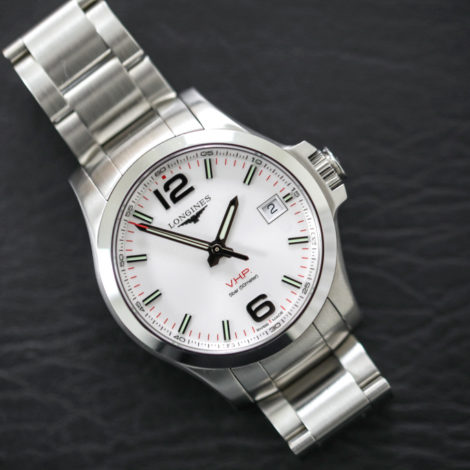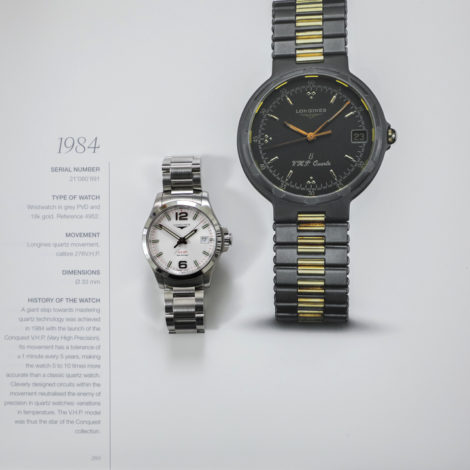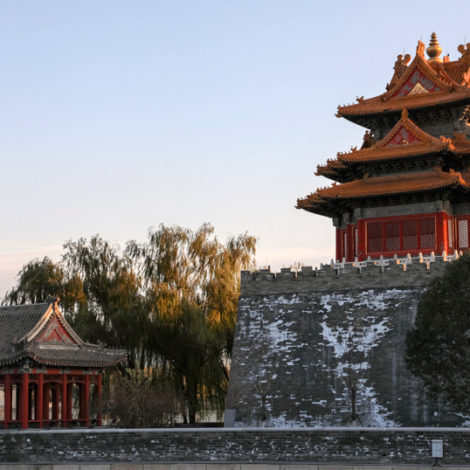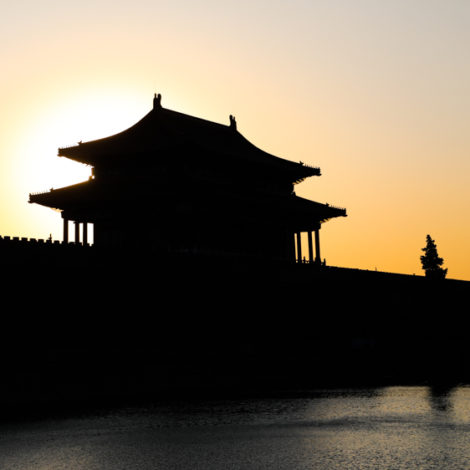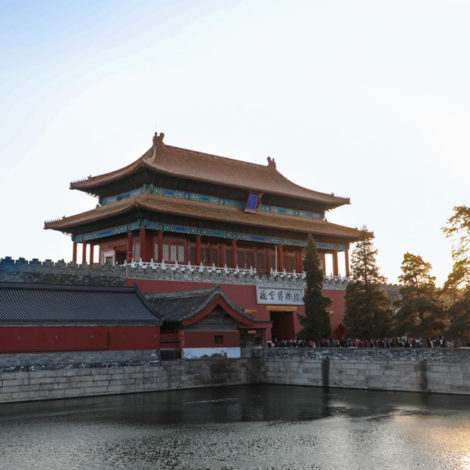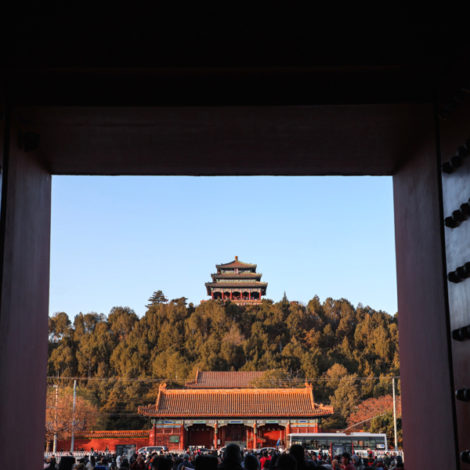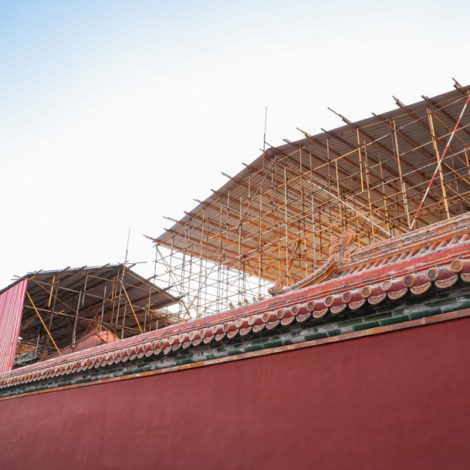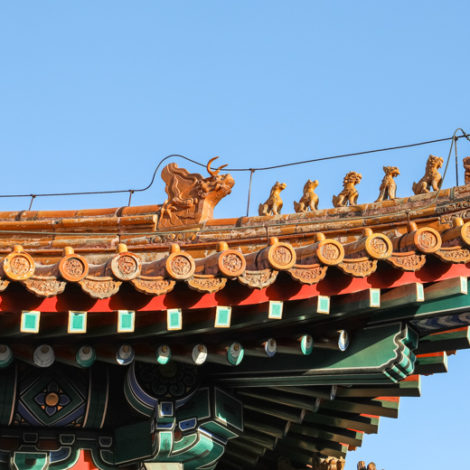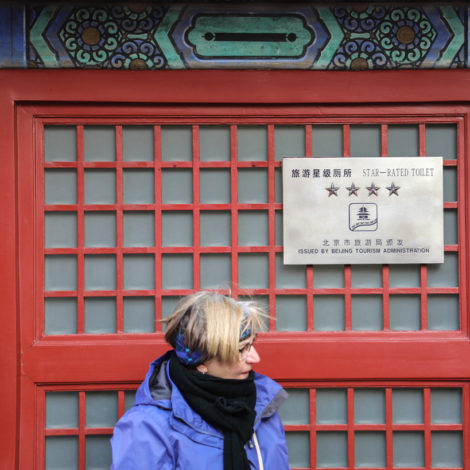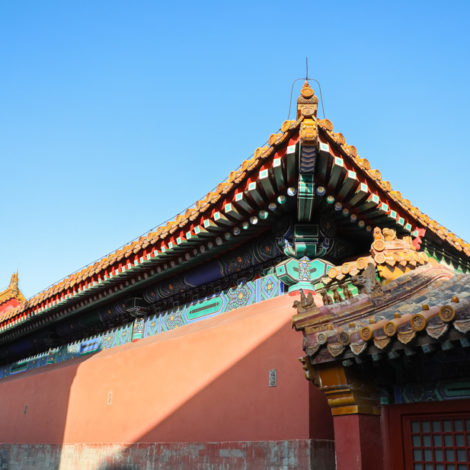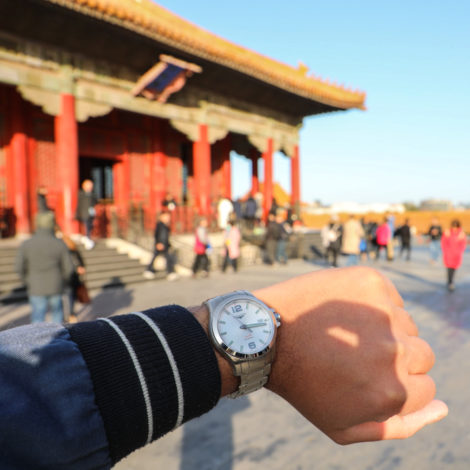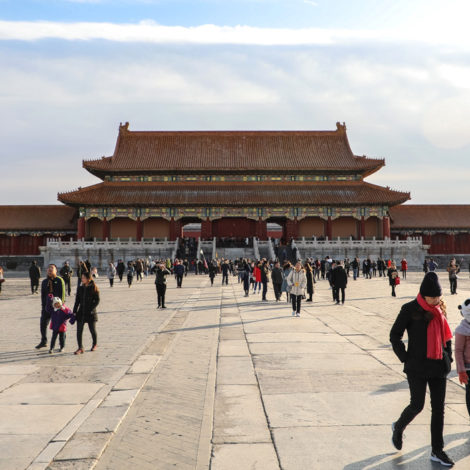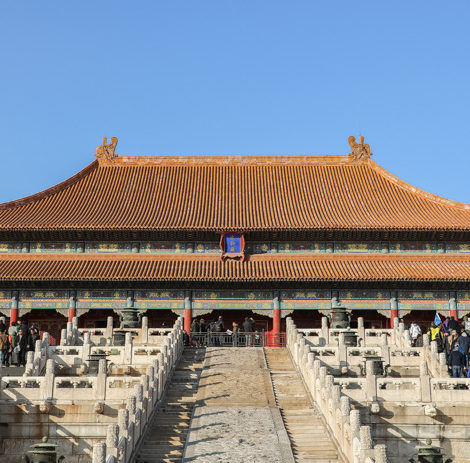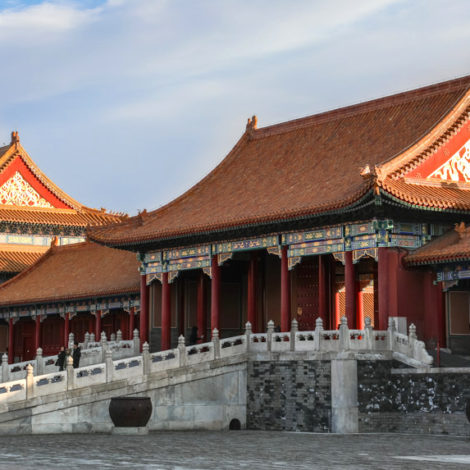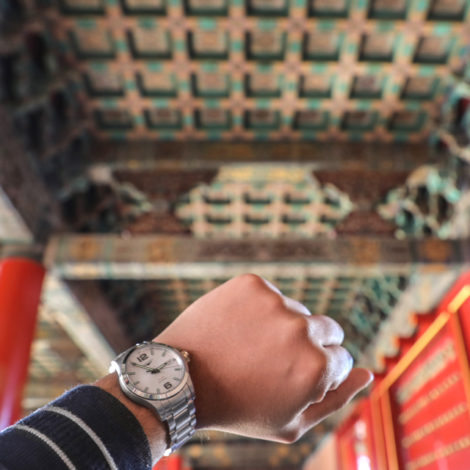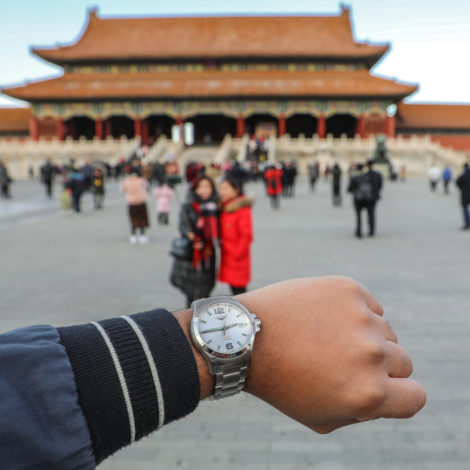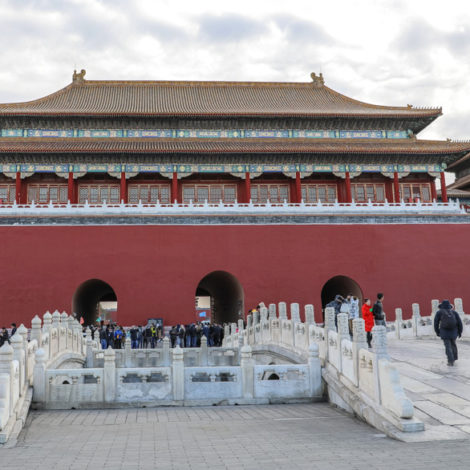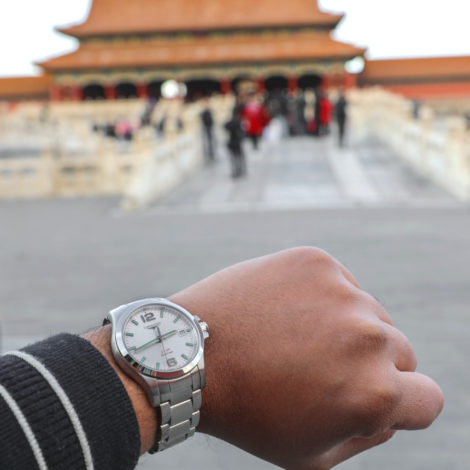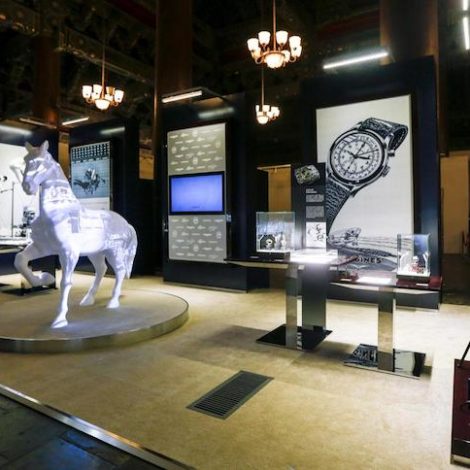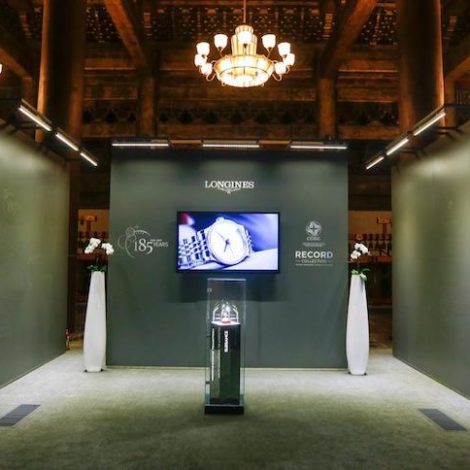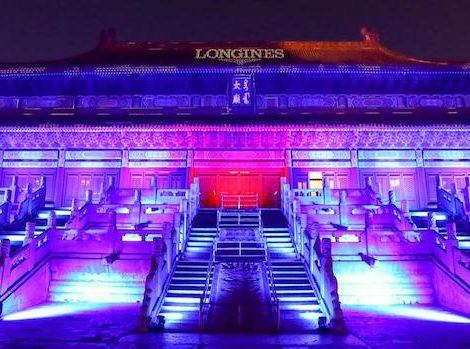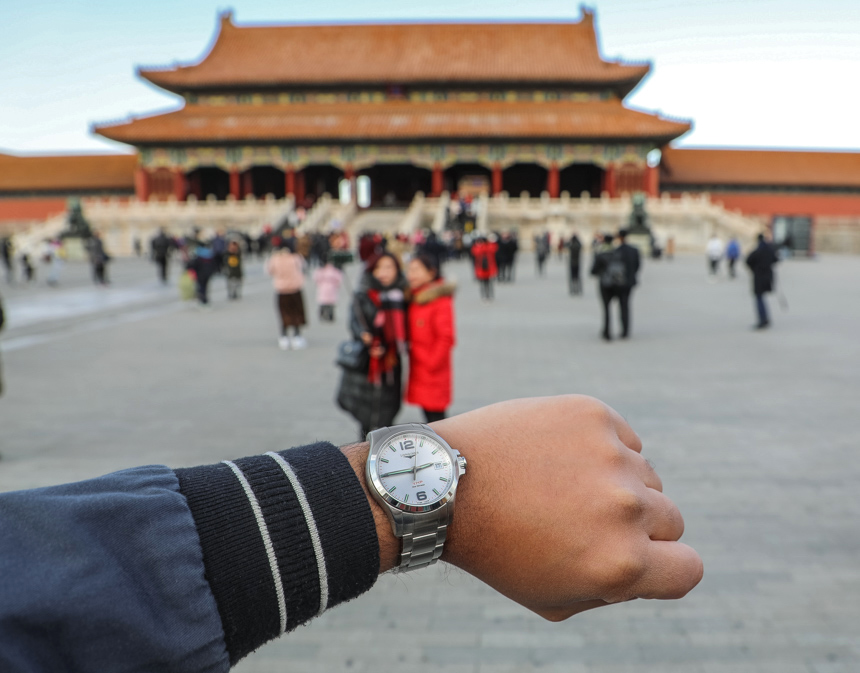
Just recently, I attended the 185th Anniversary celebration by Longines watches in Beijing, China. Coincidentally, the event also served as a sort of formal launch of their Record Collection, which we first saw at Baselworld 2017 and is the brand’s first COSC-certified line of watches. Stylistically, the Record collection is perfectly suited to appeal to the Chinese market while the watch I wore on the trip, the Longines Conquest V.H.P, is absolutely geared more towards the western market. More on the Conquest V.H.P later, but first, a bit about Longines and just what China means to the brand.
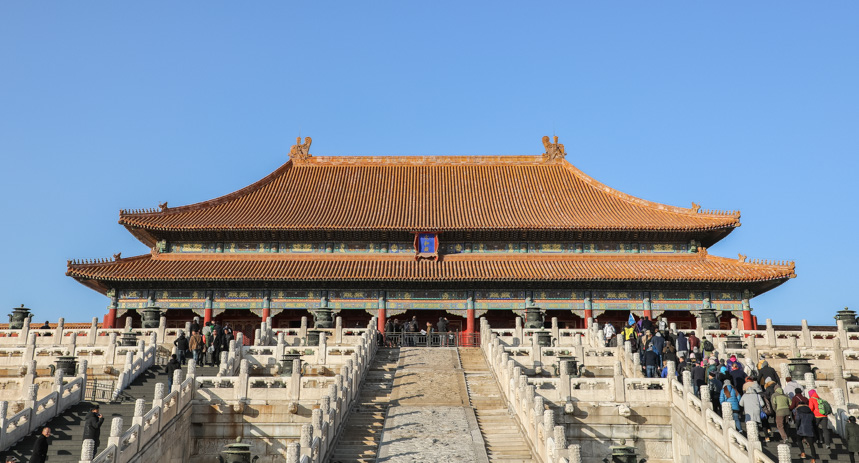
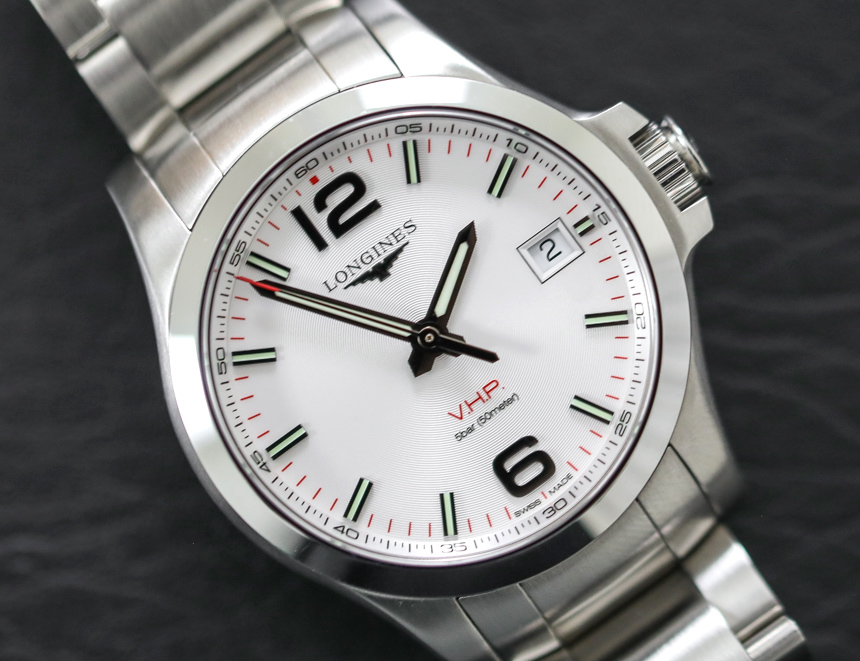
Right around the day I landed in Beijing, the New York Times published a story on the five watch brands (not counting Apple) which are doing in excess of $1 billion per year in retail sales: Rolex, Omega, Cartier, Patek Philippe, and Longines. I have to admit that I’d have guessed several other brands to close out that list of five but after spending time in both Beijing and Shanghai, I saw firsthand how dominant both of the Swatch group brands are in China.
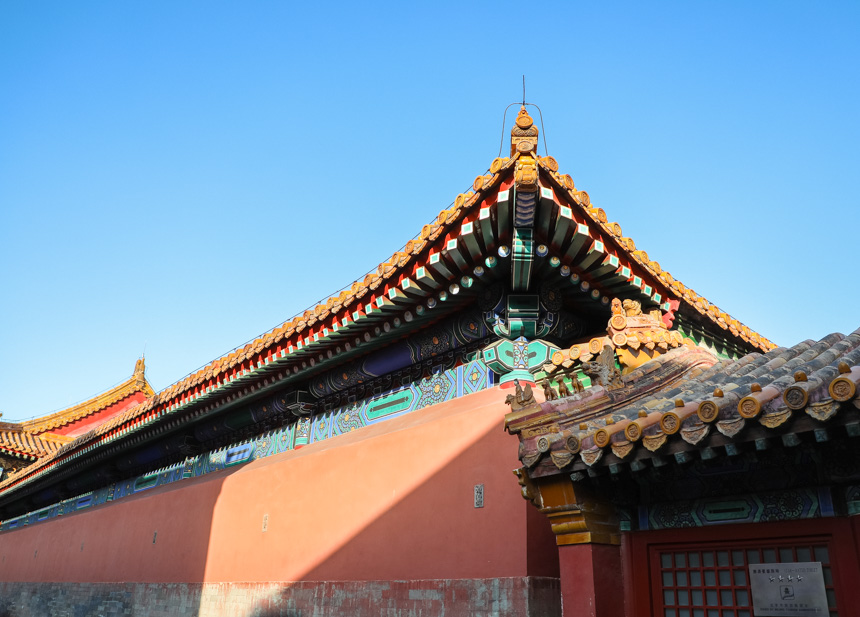
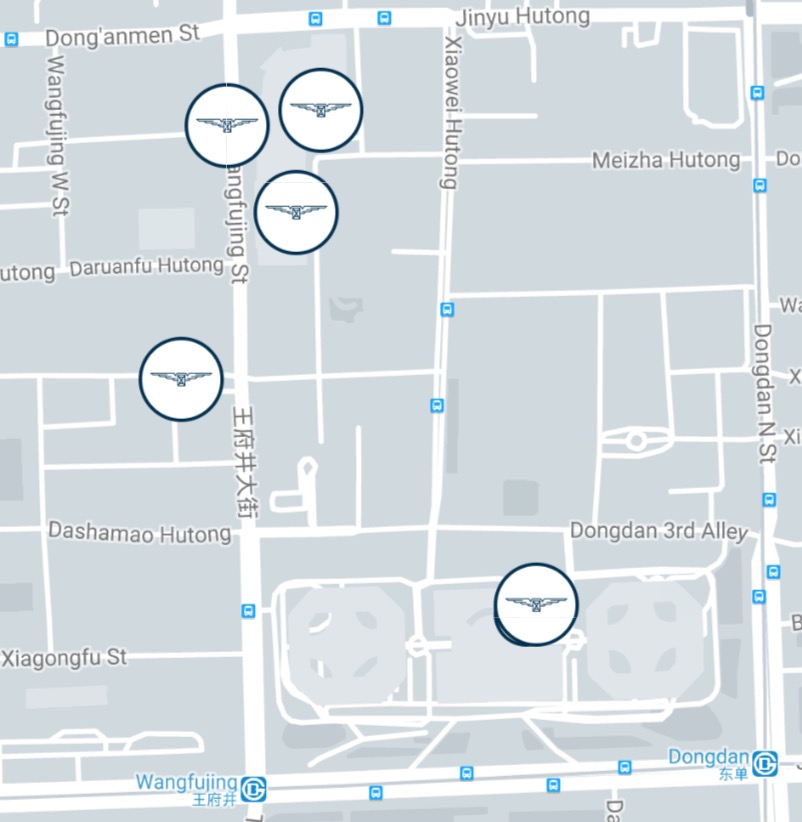
The best way I can articulate a metaphor for retail strategy in China by luxury watch brands would be the “Starbucks” method we saw in the States years back. Open as many locations on prime real estate as possible and the brand (Longines for the sake of this conversation) will be synonymous with the product (luxury watches). Obviously, both internet shopping and e-commerce in general in China is not like it is here in the States, so this retail-oriented focus makes absolute sense in this market. In case you’re wondering, in the case of Longines there are 11 boutiques and 16 retailers in Beijing, 10 boutiques and 23 retailers in Shanghai, and in New York, there’s 1 boutique and 9 retailers. Check out the screengrab above, the area near the hotel I stayed at in Beijing. Five boutiques just in those two or three blocks, with three literally facing each other.

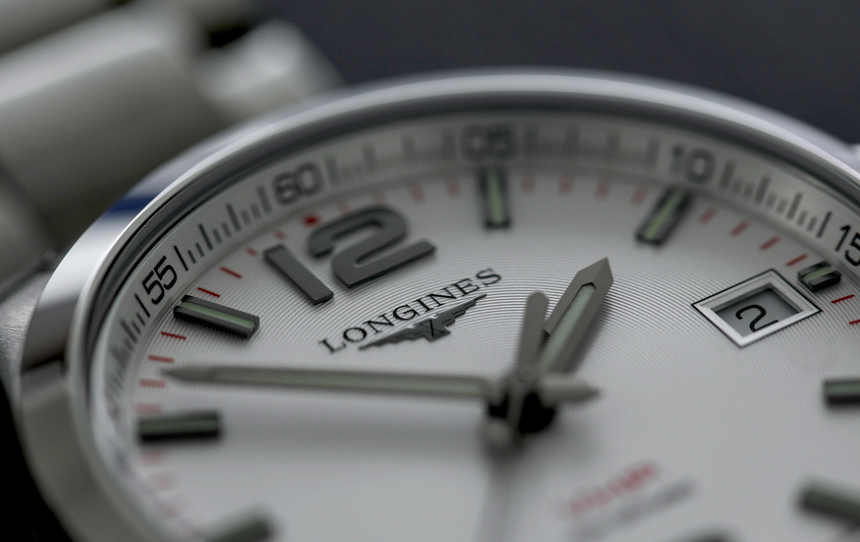
Back to sales figures. With $1.2 billion in annual sales, Longines is just a hair short of Patek Philippe’s figure of $1.3 billion. If you’re curious, Cartier is at $1.6 billion including jewelry sales, Omega is at $1.9 billion, and Rolex is estimated somewhere between $5-8 billion. I choose to take these sales figures with a grain of salt but nonetheless, you can glean two big takeaways for Longines: China has been very good to them and women’s watches have been very good to them.
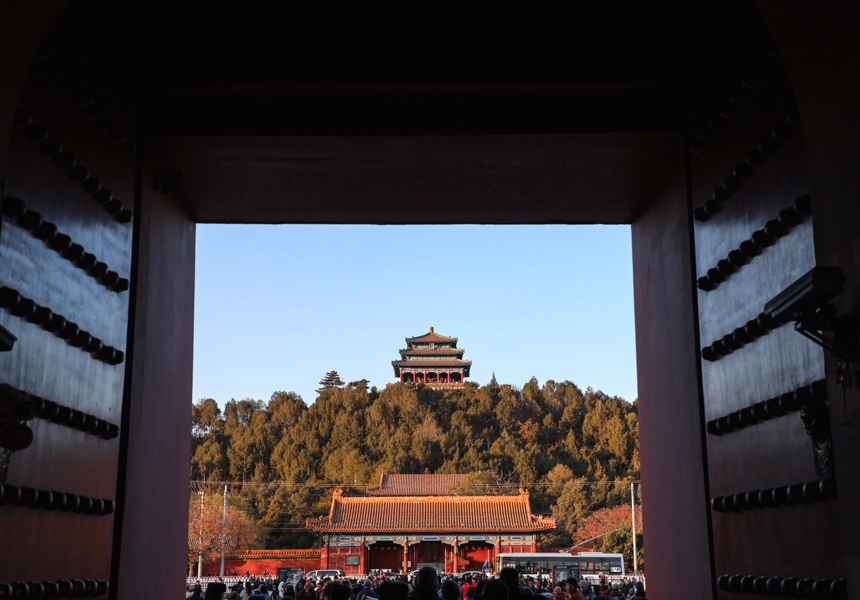
I couldn’t get a solid answer from any Longines team member but I believe a significant majority of Longines watches are sold in China. What I can more accurately state is that the brand is pretty close to selling 50/50 between men’s and women’s watches in China. Highlighting this during the 185th anniversary celebration event, the Chinese actress Zhao Liying, as the new brand ambassador at the 185th Anniversary ceremony noted; “As a woman, I am proud to be the ambassador of a brand which sells as many lady watches as men’s.”
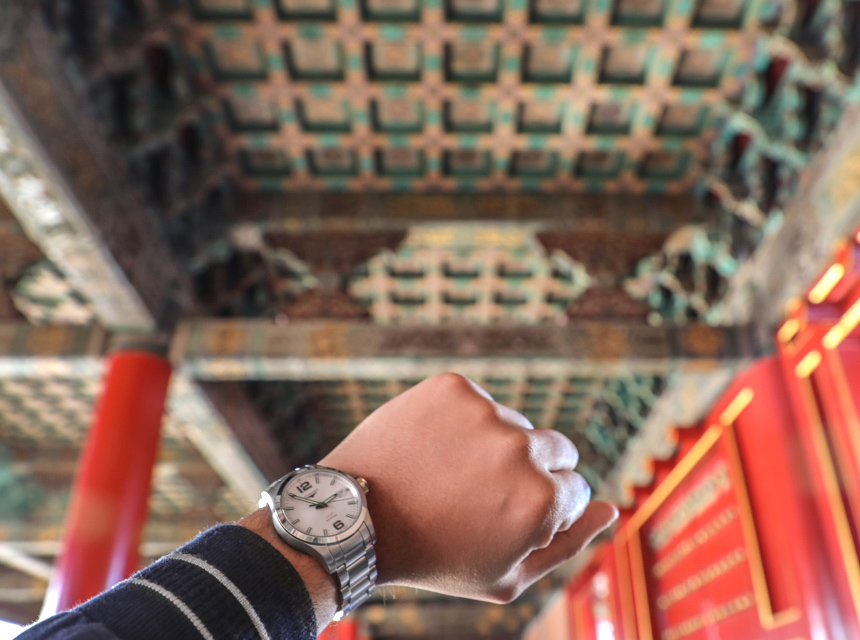
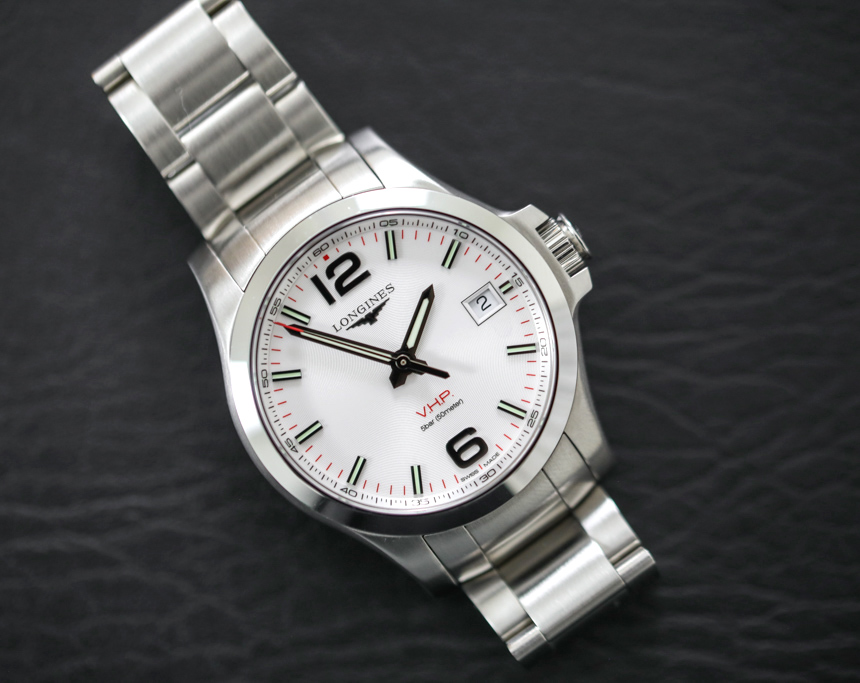
While the traditional and conservative Record Collection watches should do well in the Chinese market, I was far more interested in, and wore, the also recently released Longines Conquest V.H.P watch that is certainly more geared towards the American market. The V.H.P stands for “Very High Precision” referring to the quartz movement that powers the watch, which is made in time/date and chronograph versions (I wore the former in 41mm). You can read a more detailed analysis of the watch here if you’re not already familiar with it.
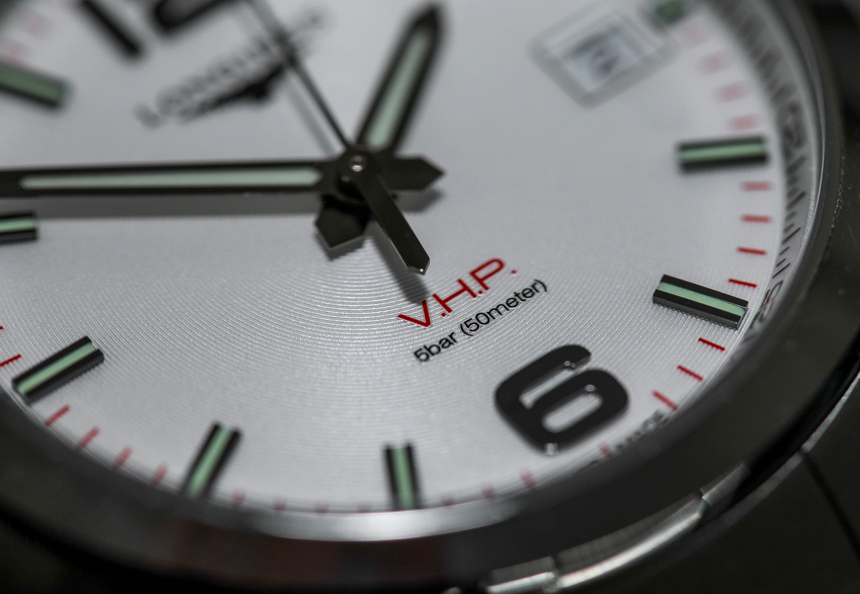
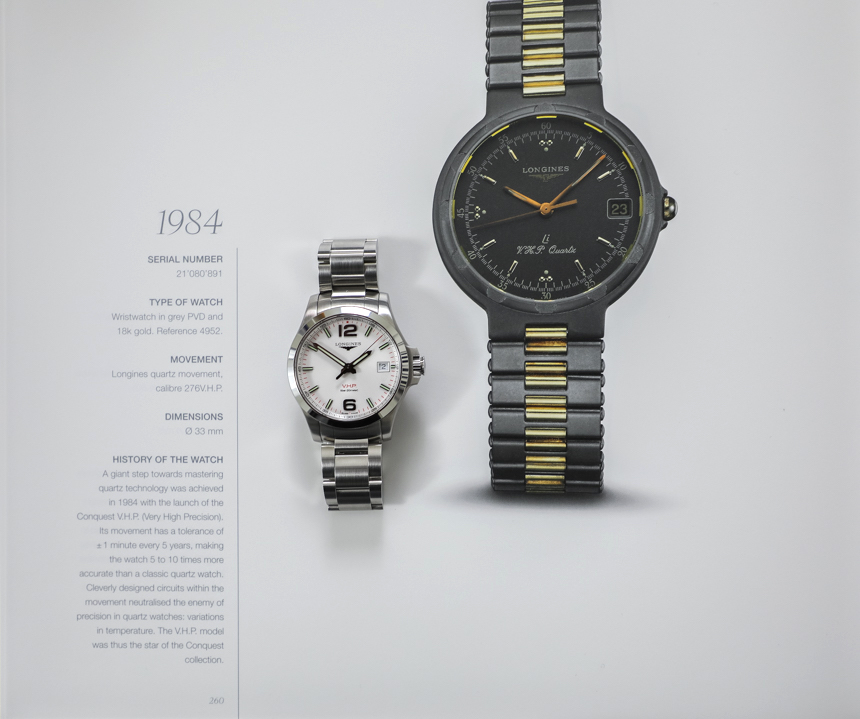
Originally released in 1984, the V.H.P has returned in 2017 to a world where high accuracy quartz watches have found a place in the collections of casual watch owners and collectors alike. Personally, one of the watches that has a consistently high rotation on my wrist is my Grand Seiko quartz diver that runs on the well-known 9F quartz movement. However, at $4,100 the Grand Seiko is four times as expensive as the Longines Conquest V.H.P while being outperformed in accuracy. Obviously, it has other things going for it that justify the cost, but the Longines Conquest V.H.P honestly did impress me when considering the $1,000 price point.
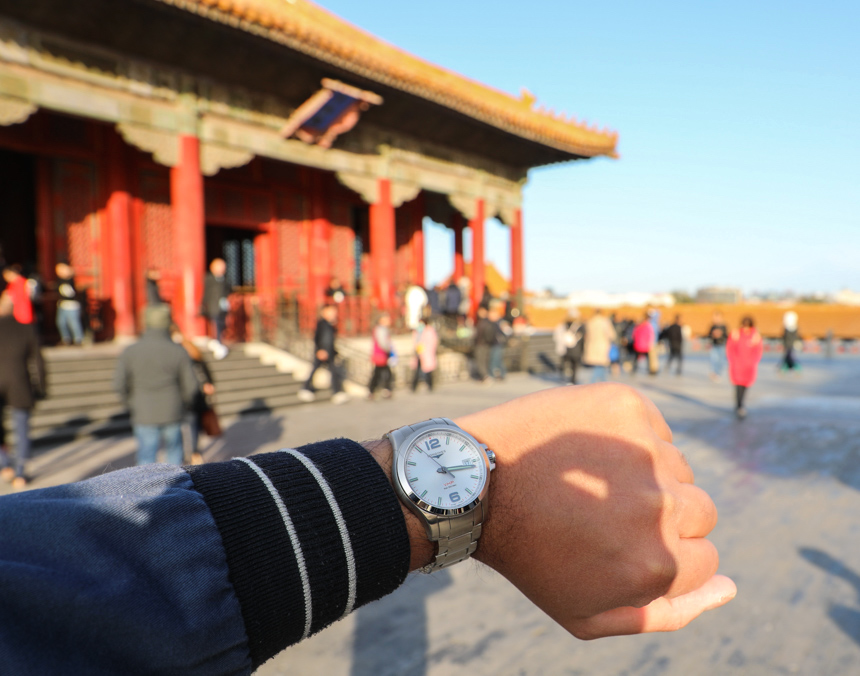
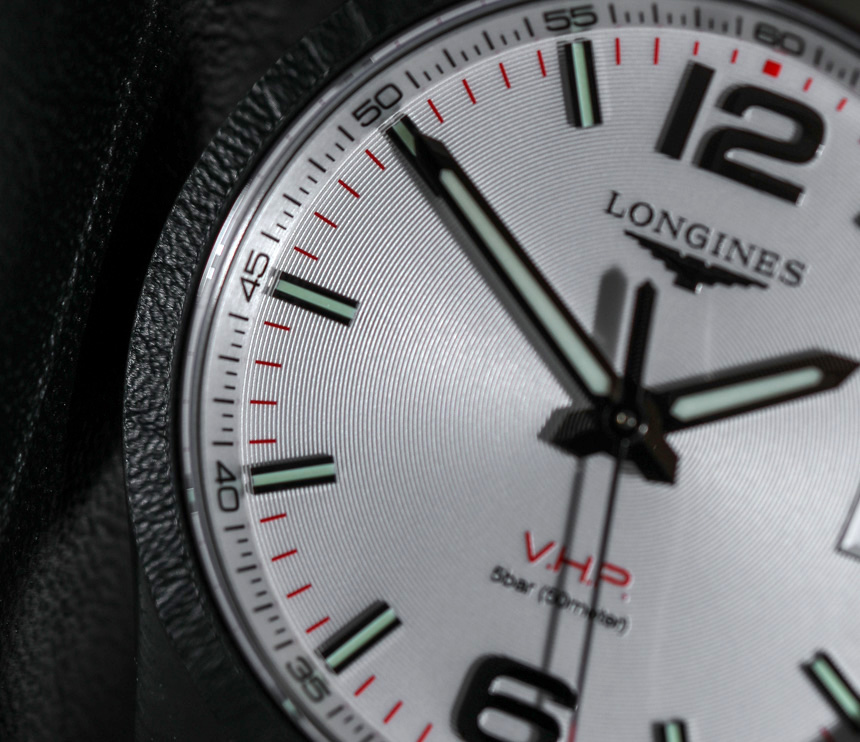
It’s hard to resist respecting or admiring anything that is “the best” in a category and the V.H.P caliber is certainly the most accurate quartz watch I’ve come across. Accurate to ± 5 seconds per year, the thermocompensated V.H.P outperforms Grand Seiko’s 9F, Bulova’s High Performance Quartz found in their Moon Chronograph, and Breitling’s Superquartz, all of which are accurate to a very impressive ± 10 seconds per year. I am pretty sure that the only watch that really compares is the Citizen Chronomaster which features their A660 movement that achieves an accuracy of ± 5 seconds per year. However, this watch is Japan-only with a price of around $2,300.
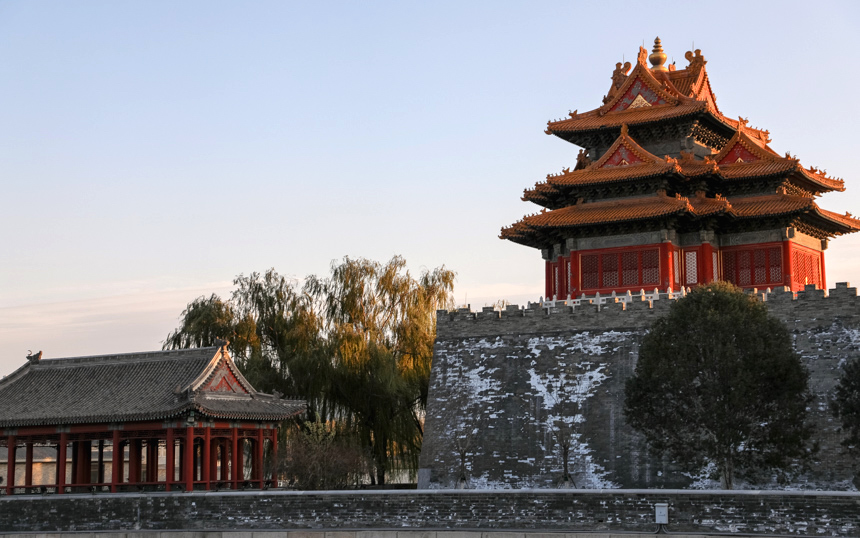
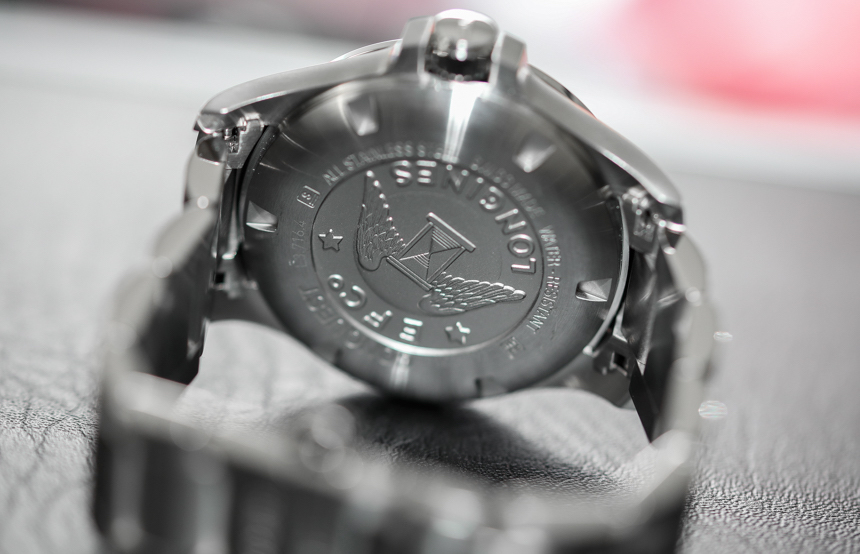
Apparently the goal when Longines developed the movement with ETA was to create the world’s most accurate non-smartwatch, though accuracy alone wasn’t where their development focus ended. The V.H.P also features the Gear Position Detection (GPD) system which stops the movement when there is an impact detected from a drop or fall. The movement then realigns the hands to where they should be, making sure the impact didn’t knock a hand out of position. To be honest, I haven’t “tested” out how well this system works since I haven’t given the watch a serious drop so far.
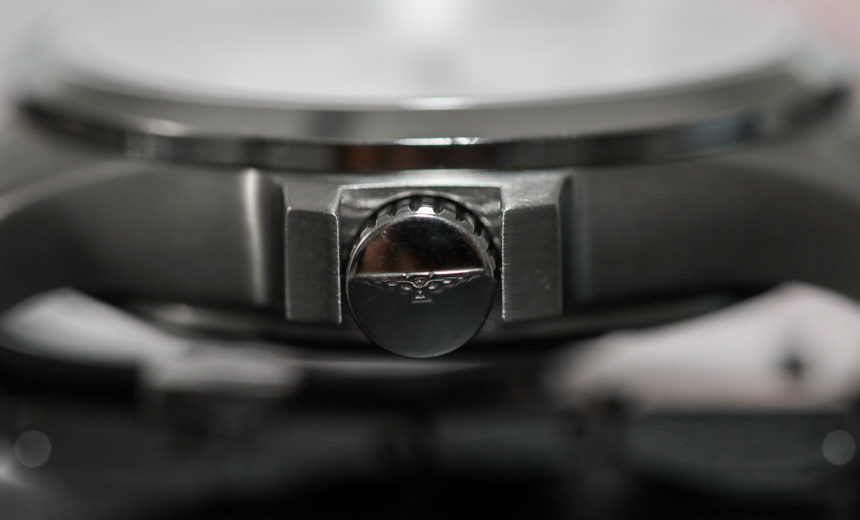
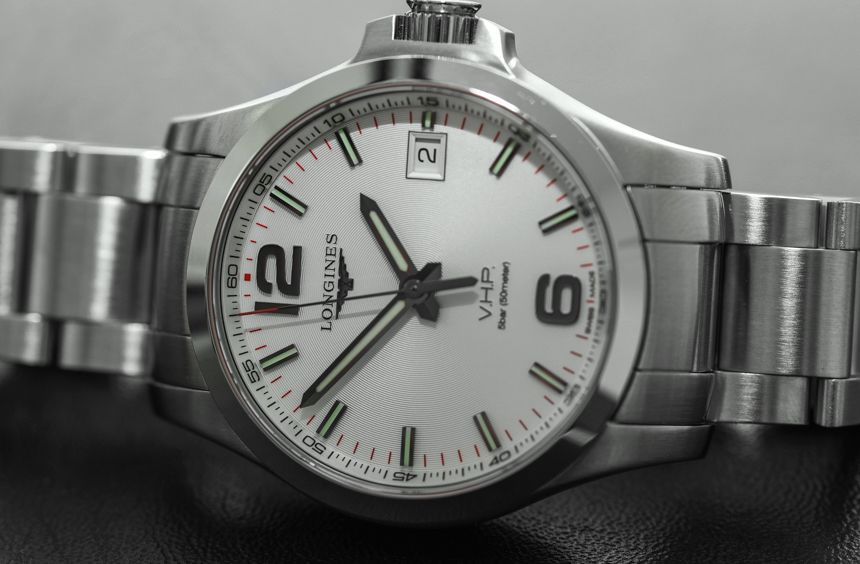
What I did try out is the “smart crown” system which, while a little funny feeling at first, I learned to appreciate and hope to see in more watches. When adjusting the time, turning the crown slowly adjusts the minutes while turning it quickly moves the hours, with the seconds hand still moving as you adjust the time. On my flight back from China to Los Angeles, with a layover in Tokyo, I adjusted for the time zones on the way there and back very easily and it just felt satisfying to know that no precision or accuracy was sacrificed during the adjustment. Seeing the seconds hand stop (while the hour and minutes hand advanced an hour) and then pick up right where it would be had I not been adjusting the time is seamless and really does make other systems seem a little primitive. While I didn’t have to adjust the minutes hand at any time, I tried it out and rather than picking up where it left off, the seconds hand resets to zero when you adjust minutes.

One final aspect of the movement is that it has a perpetual calendar that won’t need any regulation until 2400, but the useful and practical part is that there is no need to worry about leap years or month length. It’s a solid feeling watch with a seconds hand that is precise and crisp on a dial that, while not exciting, is attractive and very legible. Considering these points and the movement for a price that starts at $1,000? I think the watch presents a hell of a value proposition, and I’m not just saying that because Longines sent me on a nice trip.
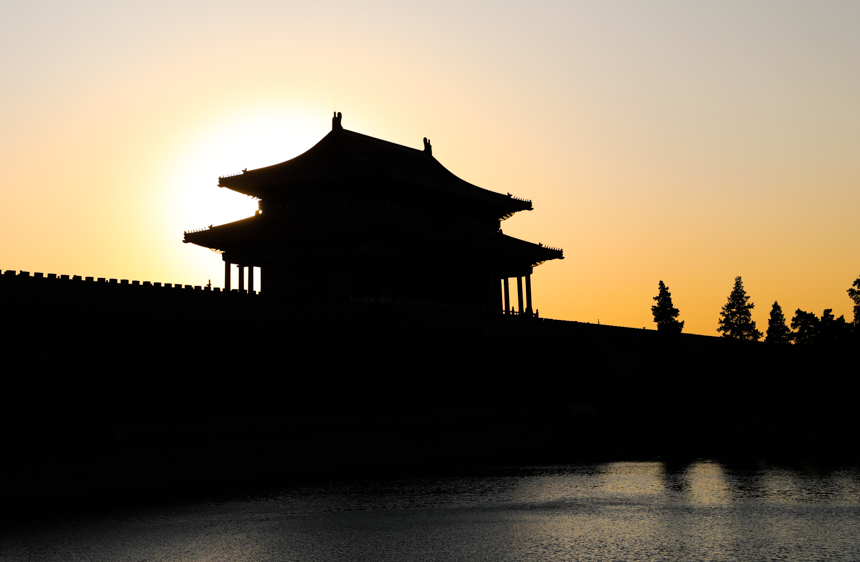
I certainly am going to go back to China, if not for the food alone, but for the vibrant and nuanced culture. The mix of tradition and history merging with the contemporary consumer culture was almost perfectly made into a metaphor at the Record collection launch event. Taking place at Taimiao, an Imperial Ancestral Temple built in 1420, I was told this was the first event there ever done with a brand. It’s an easy to grasp metaphor and a pretty striking visual of how East and West have come together in modern China.
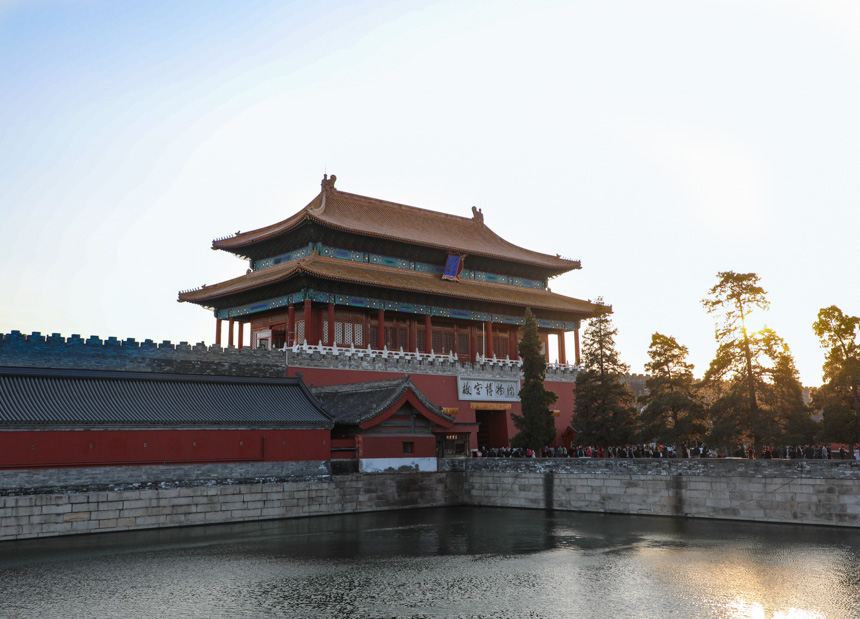
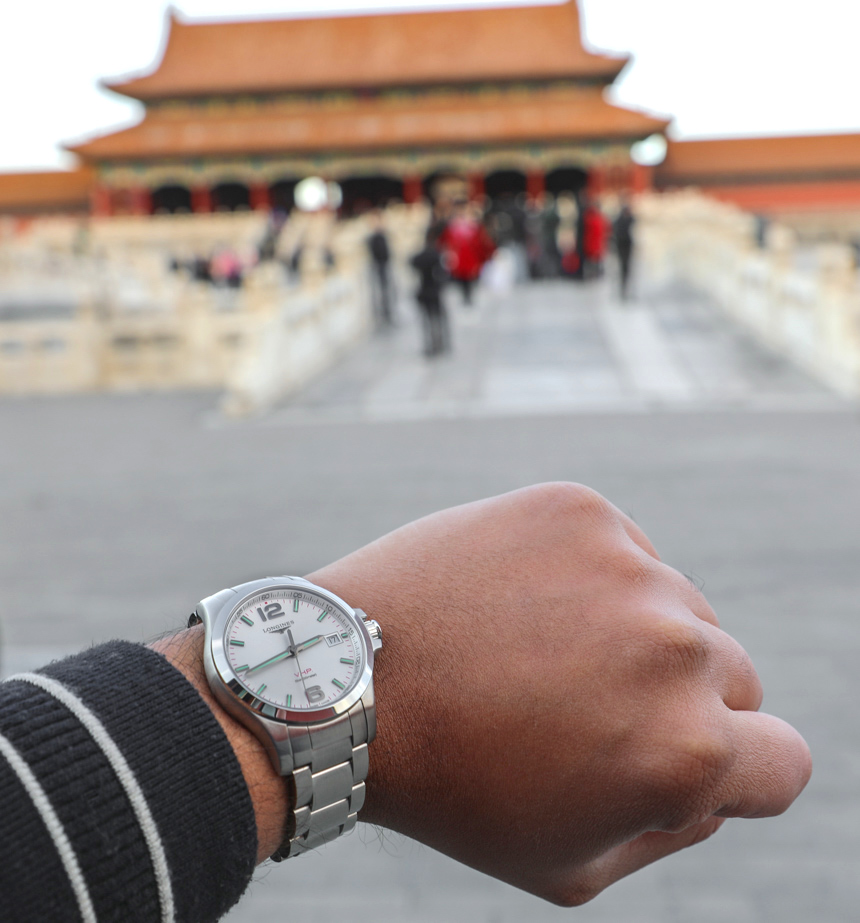
The Record collection and the Conquest V.H.P are representative of their markets, and it will be interesting to see if Longines can find momentum here in the states with the high accuracy quartz watch. All things considered, I think the V.H.P is a solid value proposition and I’m considering picking up one for myself. At $1,000 there’s not a lot out there I’d rather spend my money on. And as for the Record collection, maybe I’ll take another trip to China to see how it’s faring. I have a feeling I’ll be craving the soup dumplings, anyway. longines.com


